Ready to move beyond understanding CFDs and actually start trading them? Learning how to trade CFDs successfully needs proper preparation, strategic risk management, and avoiding the costly errors that destroy between 62% and 82% of retail traders.
This guide provides actionable CFD trading steps from account setup to profit-taking strategies for trading CFDs for beginners who already understand the fundamentals of what CFD trading is.
- What Do You Need to Start Trading CFDs?
- Step-by-Step Guide to Trading CFDs
- Choosing a CFD Broker: What to Look For?
- What Are the Basic CFD Trading Strategies for Beginners?
- How to Manage Risk When Trading CFDs?
- What Are Common Mistakes to Avoid in CFD Trading?
- Tips to Improve Your CFD Trading Skills
- What Are Realistic Profit Expectations?
- Conclusion
- FAQ
What Do You Need to Start Trading CFDs?
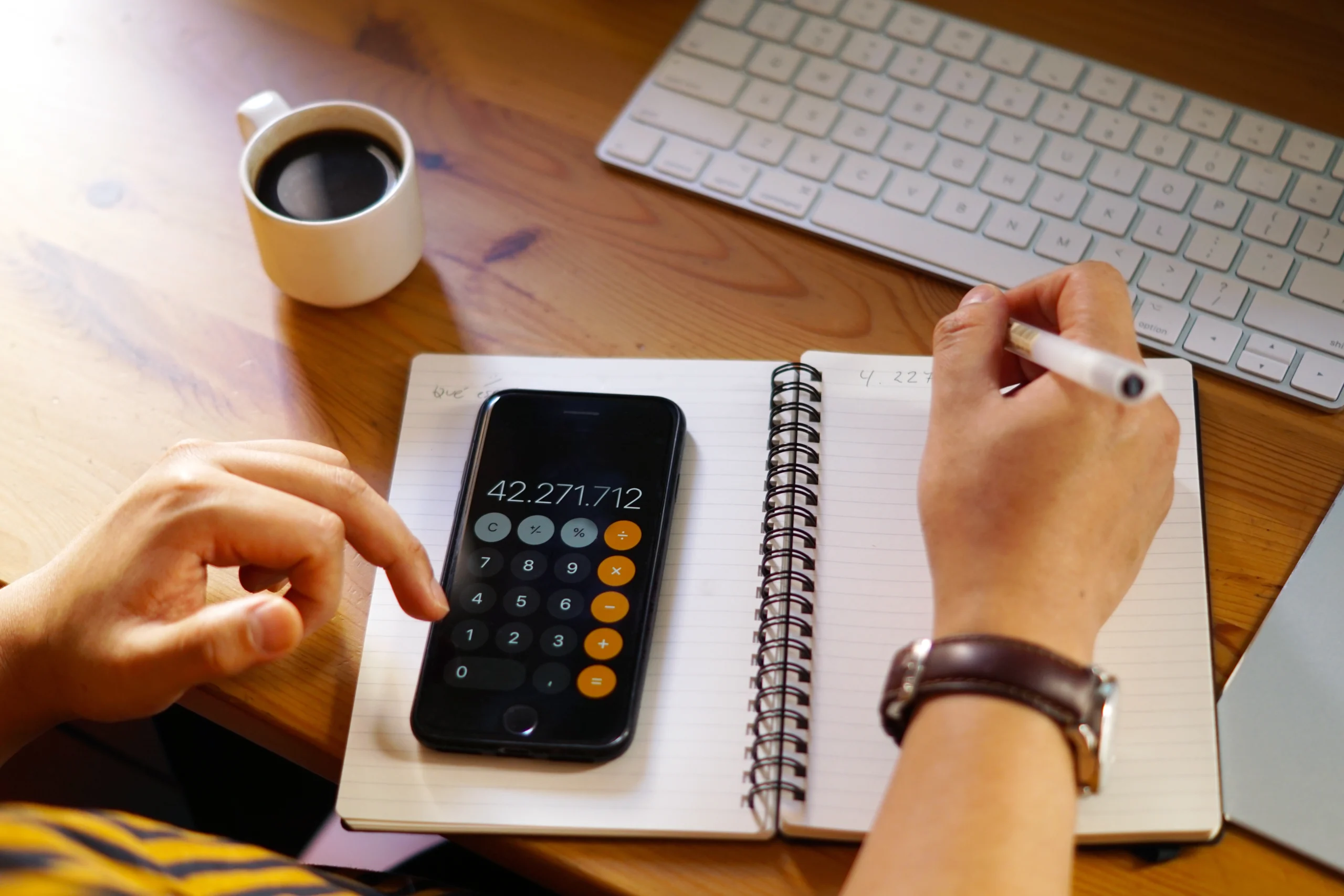
Before jumping into live markets, successful CFD trading requires specific preparations across capital, technology, and knowledge areas.
Capital Requirements
To trade CFDs effectively and safely, you need enough capital to manage your risk. Most experts recommend starting with £500–£2,000. This allows you to follow the 1–2% risk rule — for example, if you have £1,000 in your account, you should never risk more than £10–£20 on a single trade. That way, even if you lose a few trades in a row, your account won’t be wiped out.
Imagine you start with just £100. If you try to trade gold or tech stocks with proper position sizing, your required stop-loss might only be a few cents away. Any small movement could stop you out instantly — not because you were wrong, but because you didn’t have enough room to breathe.
Technology Setup
You don’t need a Wall Street trading desk, but you do need reliable tools. A stable internet connection is non-negotiable — if your internet drops during a trade, you might miss a chance to close out or adjust. A reasonably modern laptop or smartphone is fine, as long as it can run your platform smoothly.
Let’s say you’re in a trade during a surprise economic report. Prices start moving fast. If your screen freezes or your platform crashes mid-trade, you could lose a lot — not because of a bad strategy, but because your tech let you down.
Also, make sure your platform provides real-time prices, risk management tools, and the ability to quickly place and adjust trades. For example, platforms like MetaTrader or TradingView offer integrated indicators and charting tools that help you react faster.
Knowledge Foundation
CFD trading is not guessing — it’s skill-based speculation. That means you need to build foundational knowledge before going live. Understand how to read an economic calendar (so you’re not surprised by rate decisions or job reports). Learn how to interpret financial news and its potential market impact. Start applying technical analysis using indicators like RSI, Bollinger Bands, and moving averages.
Here’s a simple case: You notice the RSI is above 70 on a stock — that could mean it’s overbought. Combined with an upcoming earnings report, that information might help you avoid a risky long trade.
Equally important is risk management. You should know how to set a stop-loss, calculate your risk/reward ratio, and avoid revenge trading. Successful traders often spend 2–3 hours a day reviewing charts, reading news, and tracking open trades.
✅ Tip: Spend a few weeks using a demo account. It lets you test everything — from your strategy to your tech setup — without real financial risk.
Step-by-Step Guide to Trading CFDs

Moving from theory to practice requires following a systematic approach that minimizes risk while maximizing learning opportunities.
Step 1: Open a CFD Account with a Regulated Broker
Your journey begins by choosing a reliable CFD broker — and regulation should be your top priority. Look for brokers licensed by the FCA (UK), ASIC (Australia), or CySEC (Europe). These regulatory bodies ensure your funds are protected in case the broker fails and that your money is held in a separate account from company funds.
Example: Let’s say you’re comparing two platforms. One is FCA-regulated, and the other isn’t. Even if the unregulated broker offers tighter spreads, the risk to your capital isn’t worth it — especially when real money is involved.
Opening an account typically requires:
-
A government-issued ID
-
Proof of address
-
An initial deposit (often between £100–£500)
Most reputable brokers complete this verification process within 1–2 business days, allowing you to start practicing quickly.
Step 2: Practice First, Then Go Live (The Smart Way)
Jumping straight into live markets is one of the biggest mistakes new traders make. Start with a demo account for at least 3–6 months. This lets you:
-
Test your strategies in real market conditions
-
Learn how to use order types
-
Get used to price volatility — without the pressure of losing real money
Once you’re comfortable, move to a live account — but with a strict risk framework.
Use the 1–2% rule:
Only risk 1–2% of your capital on any single trade. If you have £1,000, your maximum risk should be £10–£20 per position.
Example: Suppose you’re trading a CFD on the S&P 500 with a stop-loss of 20 points. To stay within your £20 risk limit, calculate your position size so that a 20-point move equals £20 — no more.
Start with high-liquidity instruments:
-
EUR/USD for forex
-
Apple or Microsoft for stocks
-
S&P 500 or NASDAQ for indices
These markets are less volatile than crypto and more suitable for learning.
Step 3: Use the Right Order Type for Each Situation
Many new traders think executing a trade is simple — click buy or sell and done. But the order type you use can make a big difference in volatile markets.
-
Market orders fill instantly at the current price, but they’re vulnerable to slippage — especially when news hits.
-
Limit orders allow you to set the exact price at which you’re willing to buy or sell, helping you avoid overpaying or entering impulsively.
Example: If gold is trading at $1,920 and you believe it’s a good buy at $1,910, placing a limit order at $1,910 ensures you enter only at that price or better — even if prices swing suddenly.
Also, don’t ignore the spread — the gap between the buy and sell price. A tight spread might be 0.6 pips on EUR/USD during normal hours. But during volatile moments (like a Fed rate announcement), it could widen to 3+ pips, significantly increasing your cost of entry.
Pro tips:
-
Trade during peak liquidity (e.g., London and New York sessions)
-
Avoid market orders during economic news unless you’re experienced
-
Always check the spread before placing a trade — it’s an often-overlooked cost
Choosing a CFD Broker: What to Look For?
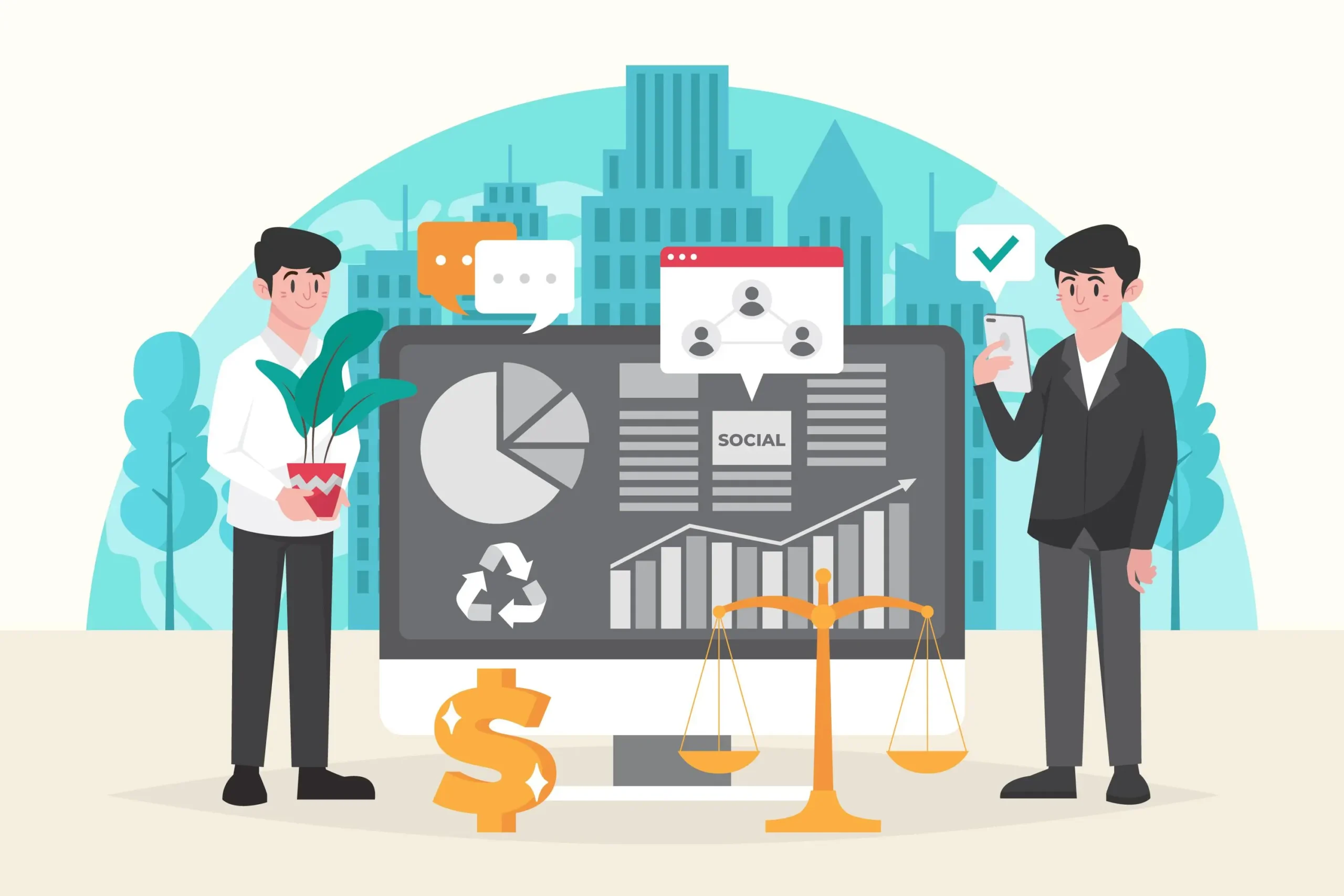
Your broker choice directly impacts trading costs, execution quality, and fund security. Understanding key evaluation criteria prevents costly mistakes.
Regulation and Safety
Regulation is non-negotiable. Unregulated brokers might offer tempting leverage or bonuses, but they provide no protection if they go bankrupt, freeze your funds, or manipulate trades.
Make sure your broker is licensed by respected authorities like:
-
FCA (UK)
-
ASIC (Australia)
-
CySEC (Europe)
📌 Tip: Don’t just trust what a broker claims on its website. Cross-check their license number directly with the regulator’s database.
Trading Costs and Execution
Every CFD trade involves built-in costs that can quietly eat into your profits — especially if you’re trading frequently or using short-term strategies.
Here’s what to watch for:
-
Spreads: This is the difference between the buy (ask) and sell (bid) price.
-
Example: On EUR/USD, a 1-pip spread means you start every trade at a slight loss. If you’re scalping multiple times a day, this adds up fast.
-
Tighter spreads are better for short-term trading; fixed spreads may be safer in volatile markets.
-
-
Commissions: Some brokers charge per trade (e.g., $3 per lot), while others include fees in the spread.
-
Example: Trading 5 lots daily at $3 per lot equals $300/month in commission — even if your trades break even.
-
-
Overnight financing (swap/rollover fees): Charged for holding positions past the market close.
-
Example: Holding a leveraged position in gold CFDs for a week could cost £15–£50, depending on broker rates and lot size.
-
In addition to these costs, execution speed plays a critical role — especially if you trade in volatile conditions.
Example:
Imagine you’re scalping the S&P 500 with a 5-point stop-loss. If your platform lags by even half a second during a major market move, your order might fill several points off your intended price — turning a profitable trade into a loss.
To avoid this, consider using VPS hosting for MT4, which helps maintain fast, stable execution by reducing latency — even if your local internet drops.
Market Access and Instruments
Ensure brokers offer adequate asset variety with reasonable trading hours. Once you’ve confirmed that a broker offers the markets you want to trade, the next step is to understand how they execute trades — because that affects your costs, execution speed, and even how your orders are filled.
Here’s a quick comparison of common broker types:
| Broker Type | Spreads | Execution | Best For |
| Market Maker | Fixed, wider | Instant | Beginners, small accounts |
| ECN/STP | Variable, tighter | Direct market | Experienced traders, larger volumes |
| Hybrid | Mixed model | Combined approach | Flexible trading needs |
Each broker type operates differently and suits different trading styles. Market makers offer fixed spreads and instant execution, making them a good fit for beginners or those with smaller accounts. ECN/STP brokers provide direct market access with tighter, variable spreads, which is better suited to experienced traders who need speed and lower costs. Hybrid brokers combine both models, offering flexibility depending on your trading preferences and account type.
What Are the Basic CFD Trading Strategies for Beginners?
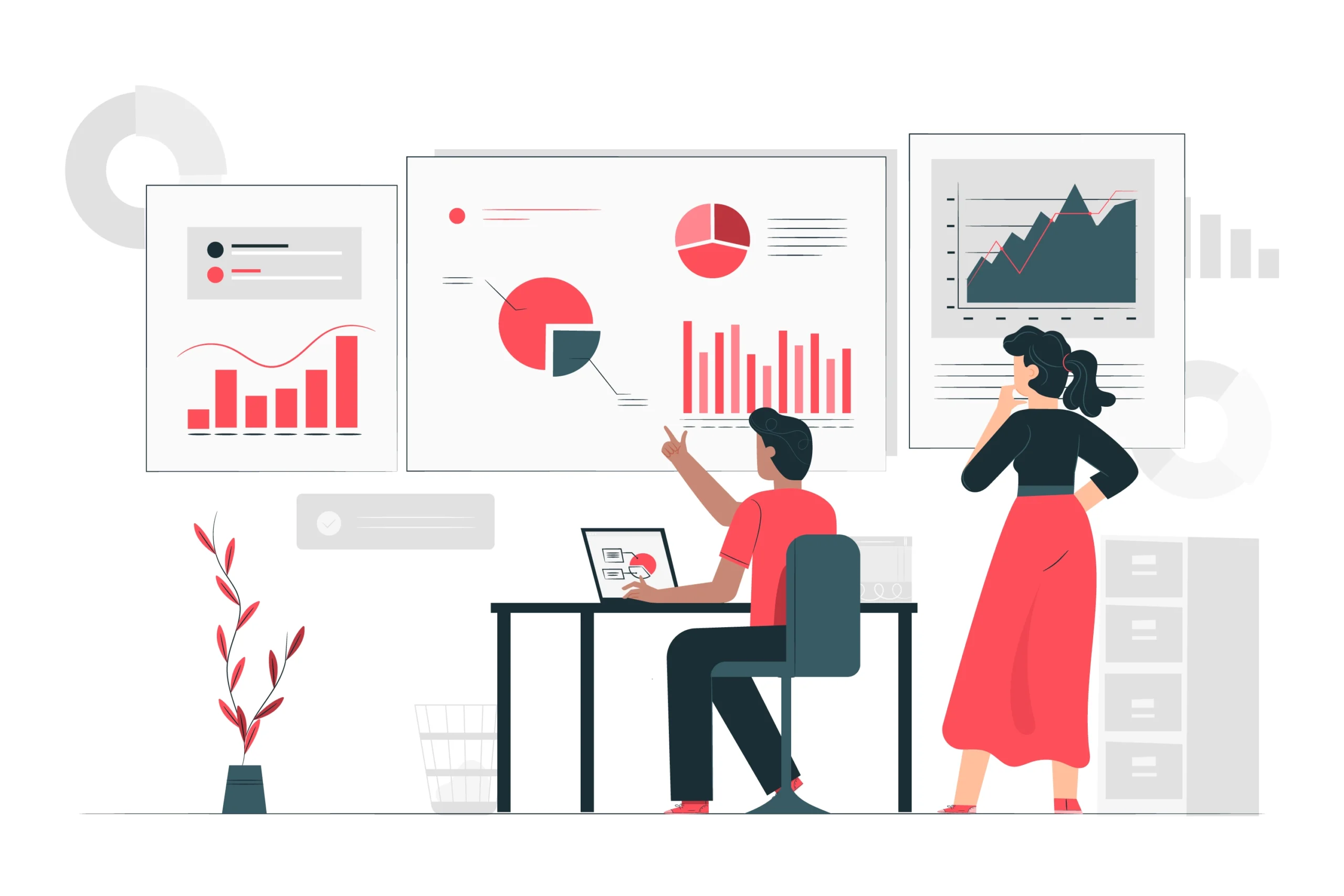
Starting with proven, simple strategies reduces the learning curve and prevents costly experimentation during early trading phases. Understanding how to trade CFDs with systematic approaches builds confidence while minimizing unnecessary risks.
Trend Following
Identify clear market direction using moving averages and price action. Trade with trends, never against them, until gaining experience.
Simple 20-day and 50-day moving average crossovers provide reliable entry signals for beginners.
Range Trading
Trade support and resistance levels during sideways markets. Buy near support zones, sell near resistance areas with profit targets at opposite boundaries.
News-Based Trading
Economic calendar events create volatility opportunities. Focus on high-impact releases like interest rate decisions and employment reports.
Prepare positions before major announcements, as markets move rapidly after news releases.
How to Manage Risk When Trading CFDs?
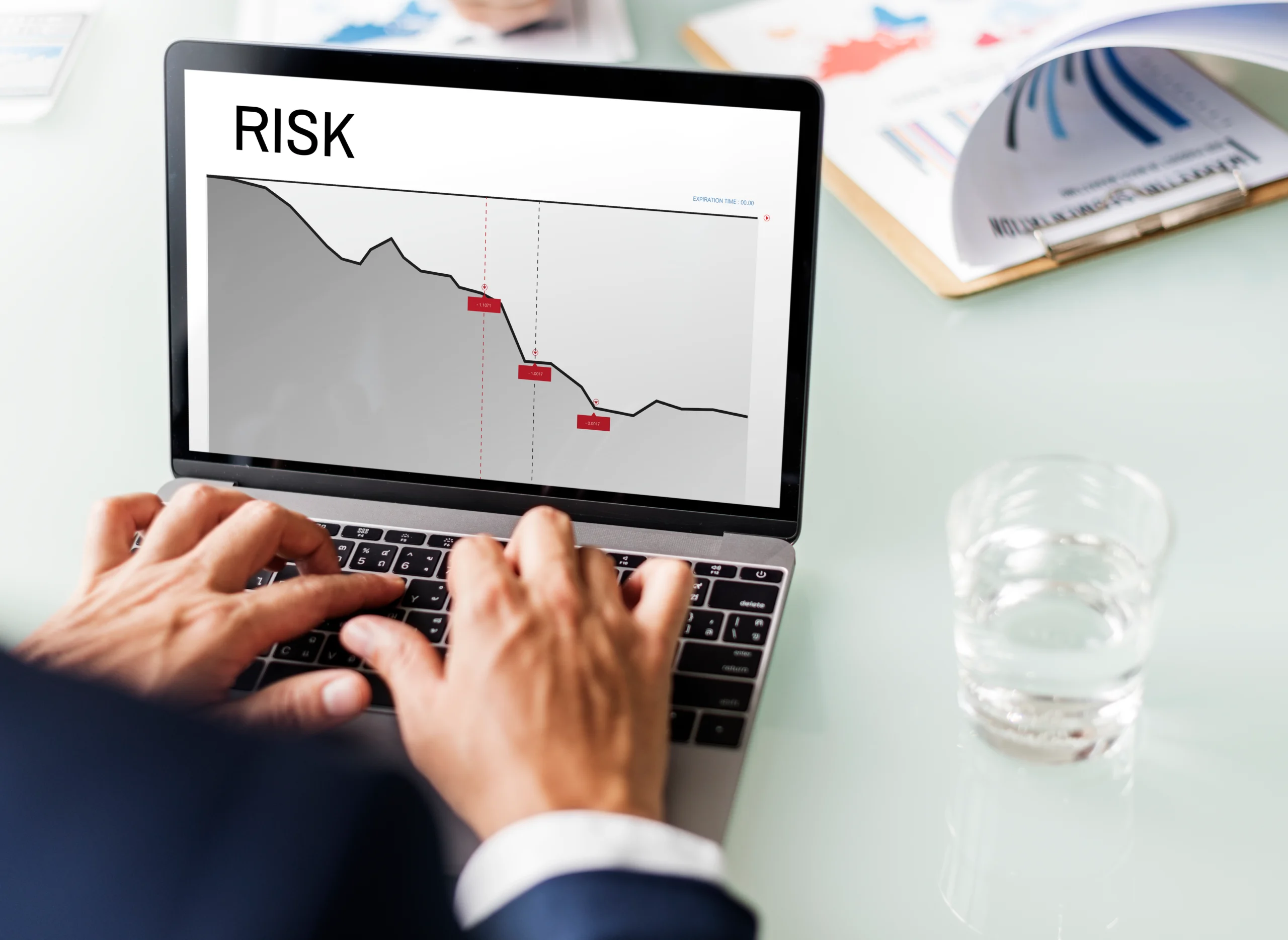
Risk management separates successful traders from those who lose accounts quickly. These principles protect capital while allowing profitable trades to compound.
Position Sizing Rules
Position sizing determines survival odds. The £2,200 average loss suffered by losing traders often results from poor position sizing decisions.
Follow the 1-2% rule religiously based on stop-loss distances, not profit expectations.
Stop-Loss Orders
Stop-loss orders are mandatory for every trade. Place stops based on technical levels, not arbitrary percentages.
Risk management in CFD trading focuses on capital preservation over profit maximization during learning phases.
Leverage Management
Start with 5:1 leverage maximum, regardless of broker offerings. Higher leverage amplifies losses faster than beginners anticipate.
Margin trading amplifies both gains and losses while adding financing costs to leveraged positions.
Diversification Strategies
Spread risk across multiple positions and asset classes. Avoid concentrating accounts into single trades or correlated instruments.
What Are Common Mistakes to Avoid in CFD Trading?
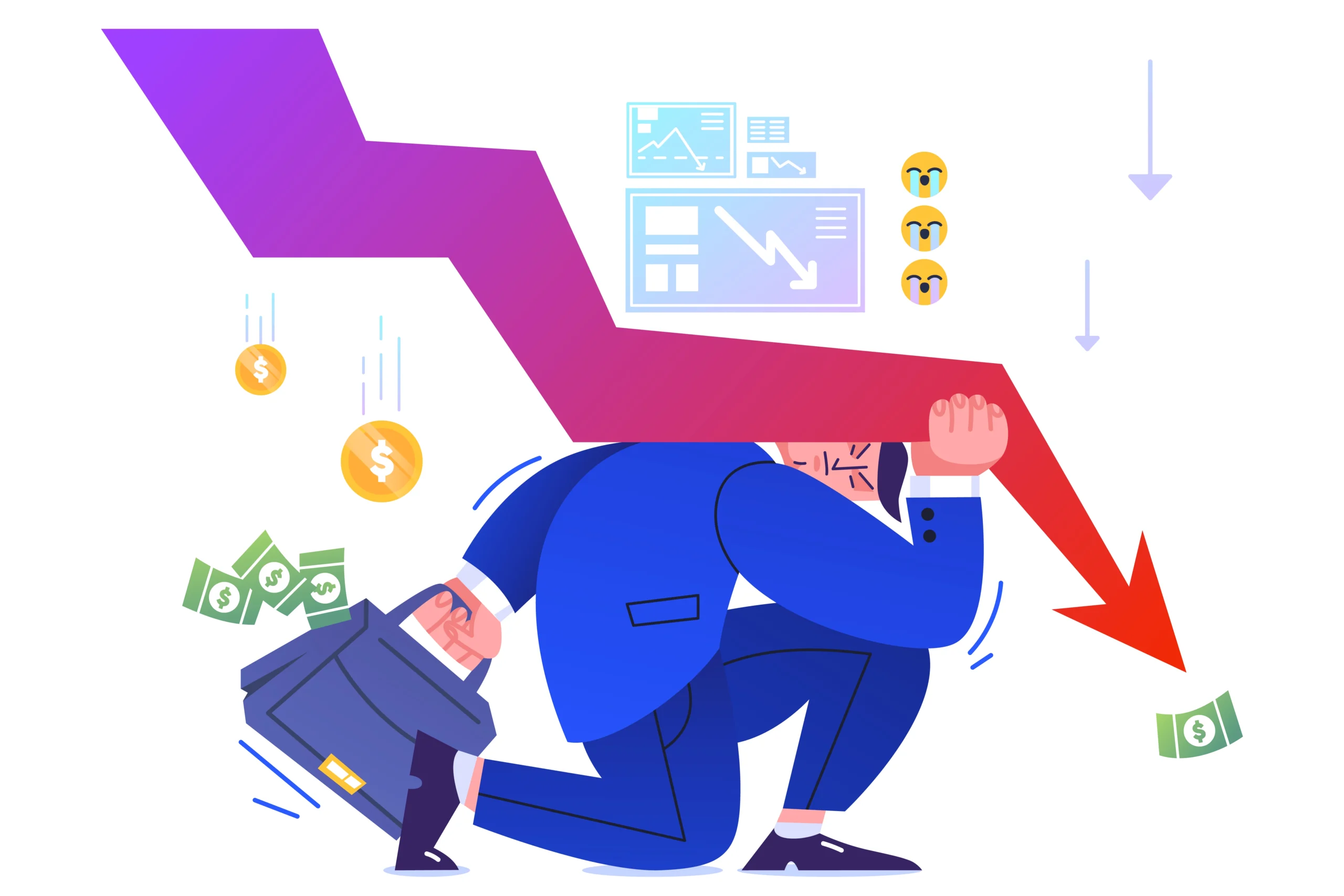
Learning from others’ failures costs less than experiencing every mistake personally. These errors destroy more accounts than market crashes.
Overleveraging Positions
Overleveraging destroys more accounts than any other mistake. Start small and scale up gradually as skills develop.
Emotional Trading Decisions
FOMO and revenge trading kill consistency. Stick to systematic approaches regardless of recent results.
Ignoring Trading Costs
Overnight financing charges, spreads, and commissions reduce profits significantly. Calculate total costs before entering positions.
Trading Without Plans
Random decisions guarantee inconsistent results. Every trade needs predetermined entry, exit, and stop-loss levels before execution.
Tips to Improve Your CFD Trading Skills

Continuous improvement distinguishes profitable traders from those who plateau over time. These methods accelerate learning while building psychological resilience.
Demo Account Practice
Practice with demo accounts for 3-6 months before risking real money. Most successful traders spent extensive time in simulation environments.
Maintain Trading Journals
Keep detailed records of entry reasons, exit strategies, and emotional states. Pattern recognition improves through systematic documentation.
Continuous Education
Markets evolve constantly, requiring ongoing education. For enhanced platform performance, consider MT5 VPS solutions that reduce connection issues.
Study how CFDs vs stocks differ in execution and understand CFDs vs futures comparisons for strategic planning. Learning about CFD trading vs options also helps broaden your understanding of derivative instruments and their unique characteristics.
What Are Realistic Profit Expectations?

Professional traders typically achieve 10-20% annual returns with consistent risk management. Learning how to trade CFDs profitably requires focusing on capital preservation before profit optimization during initial learning phases.
Market volatility creates opportunities but demands disciplined approaches. Avoid get-rich-quick mentalities that lead to overleveraging.
Conclusion
How to trade CFDs successfully depends on preparation, risk management, and disciplined execution — not luck or market timing. With over $7.51 trillion traded daily in the global forex market, there’s no shortage of opportunity — but only for those who approach it with a clear plan and a controlled mindset.
Start with a demo account, refine your strategy, and scale up gradually as your skills and confidence grow. Success in CFD trading is built over time — one smart, managed trade at a time.

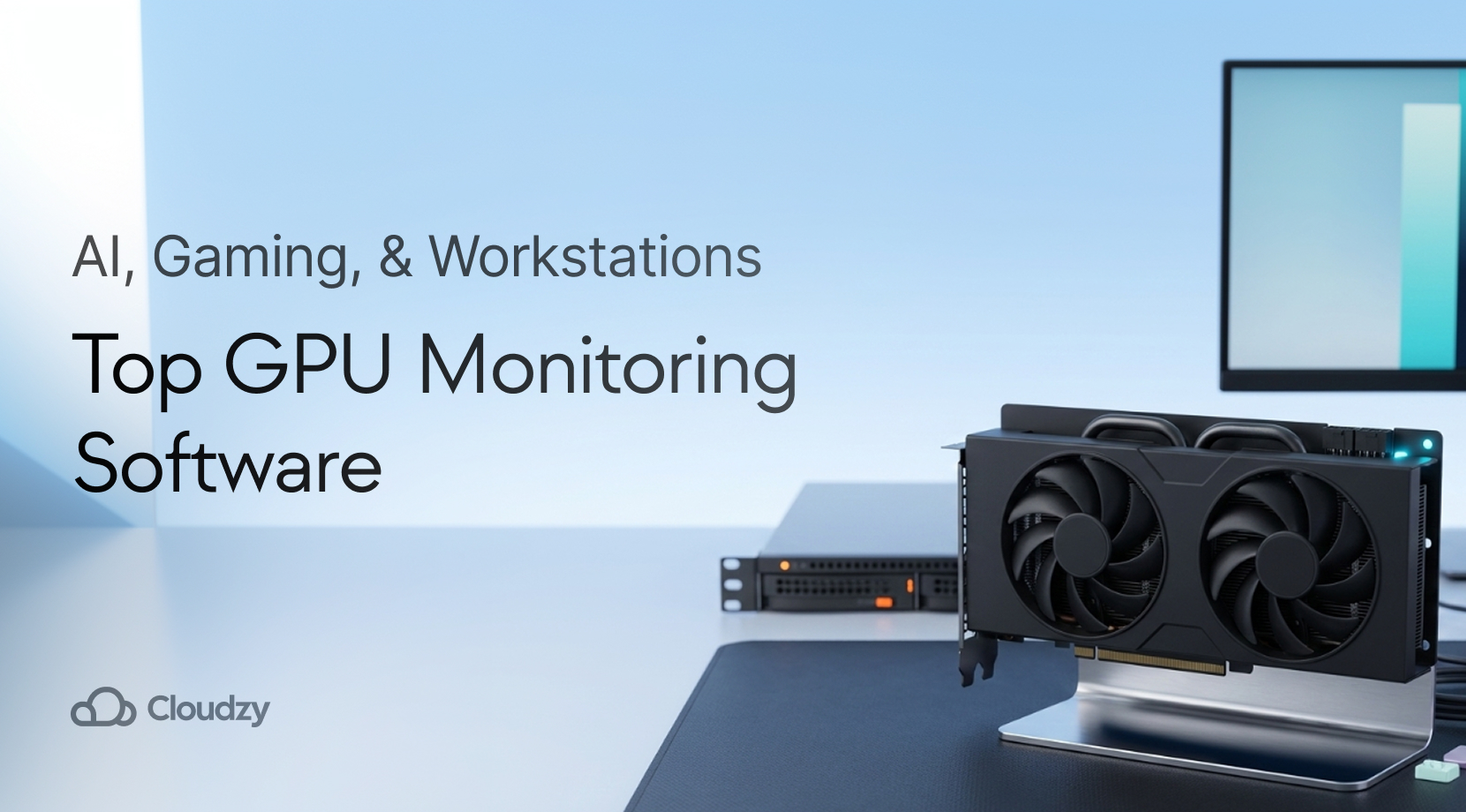


One thought on “How to Trade CFDs Successfully: Step-by-Step Guide”
Great reminder on capital management. I learned the hard way how quickly a small account can be wiped out when your stop-losses are too tight to give trades room to breathe.